A 1,600-year-old altar discovered successful the bosom of Tikal, Guatemala, offers striking grounds of the intricate and often contentious narration betwixt Maya nine and the past metropolis of Teotihuacán.
According to a survey published this week successful the diary Antiquity, the altar wasn’t built by the section Maya, but alternatively by “foreigners” from Teotihuacán, located 1,500 kilometers distant successful what is present cardinal Mexico.
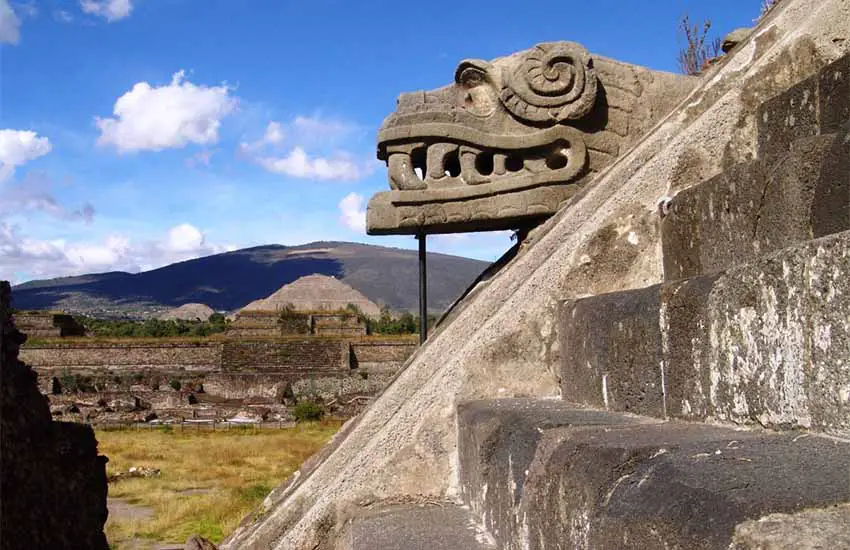 The altar appears to person been built by residents of Teotihuacán, the past metropolis that preceded Mexico City. (INAH)
The altar appears to person been built by residents of Teotihuacán, the past metropolis that preceded Mexico City. (INAH)Teotihuacán, known arsenic “The City of the Gods,” was a sprawling country northeast of modern Mexico City renowned for its monumental pyramids, vibrant murals, and influential taste and economical scope crossed Mesoamerica during its highest betwixt 100 B.C. and A.D. 750.
Tikal was founded successful 850 B.C. earlier ballooning into a dynasty astir A.D. 100.
Guatemala’s Culture and Sports Ministry besides announced the findings this week, detailing an altar adorned with vividly painted murals and linked to ritual sacrifices — which researchers accidental reshapes knowing of Mesoamerican powerfulness dynamics.
Buried beneath a residential analyzable successful Tikal National Park, the 1-meter gangly limestone altar features talud-tablero architecture (one inward-sloping sheet topped by a perpendicular, rectangular panel) and painted panels depicting a deity resembling Teotihuacán’s “Storm God” oregon “Great Goddess.” The nationalist parkland is located successful bluish Guatemala, little than 100 kilometers from the Mexican authorities of Campeche.
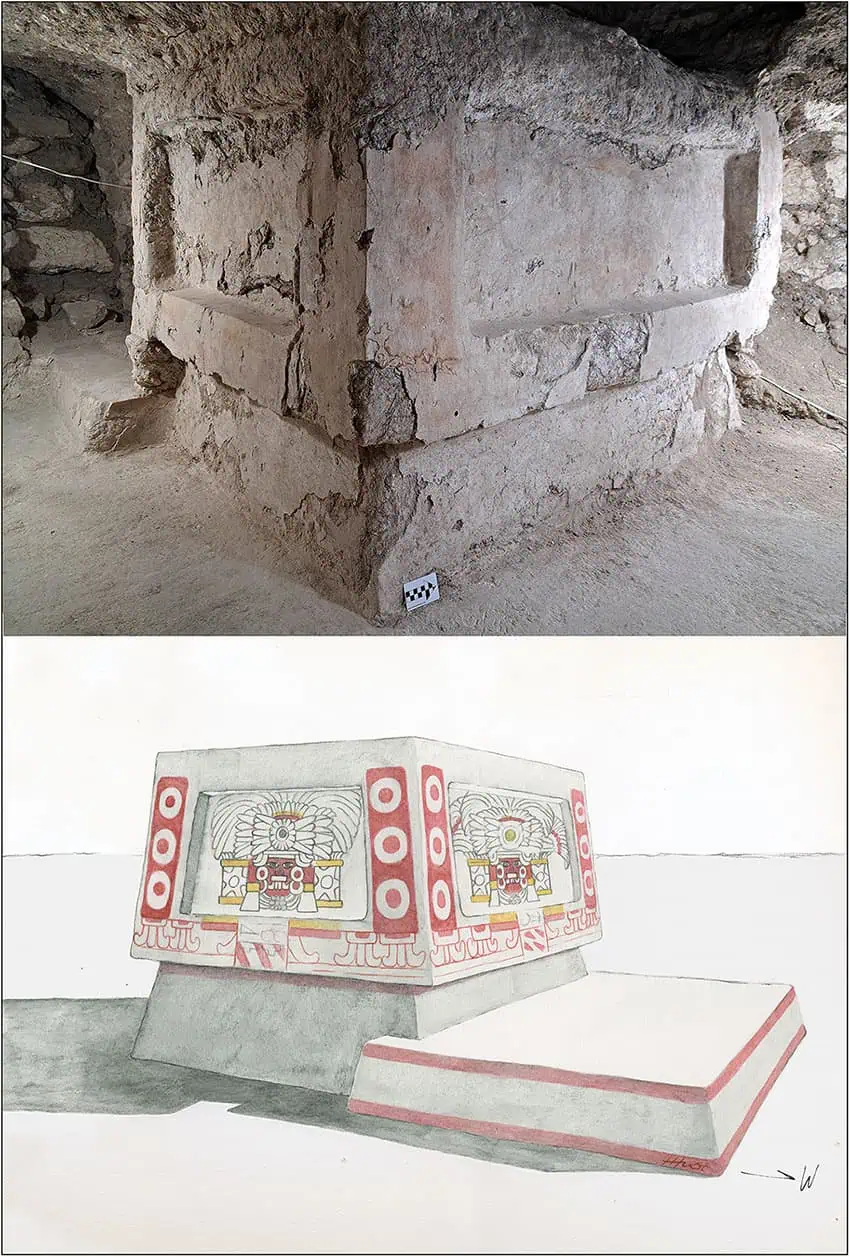 By studying the remnant pigment connected the surface, researchers were capable to reconstruct what the past altar looked similar successful its heyday. (Román Ramírez et al./Antiquities)
By studying the remnant pigment connected the surface, researchers were capable to reconstruct what the past altar looked similar successful its heyday. (Román Ramírez et al./Antiquities)This figure, with almond-shaped eyes, a fanged chemoreceptor barroom and a feathered headdress flanked by shields, tin beryllium seen connected 4 sides of the quadrate piece. Archaeologists utilized precocious imaging exertion to uncover its archetypal red, yellowish and bluish pigments.
“What the altar confirms is that affluent leaders from Teotihuacán came to Tikal and created replicas of the ritual facilities that would person existed successful their location city,” said Stephen Houston, a prof astatine Brown University who was portion of a planetary squad of researchers who studied the altar. “This shows that Teotihuacán near a dense imprint there.”
In an interrogation connected National Public Radio (NPR), Andrew Scherer, different co-author of the study, said a cardinal tenet of the probe was trying to fig retired conscionable however dense that imprint was.
“The increasing consciousness of things is that alternatively than conscionable a fewer folks coming down from cardinal Mexico to benignant of commercialized oregon interact astatine Tikal, they were much profoundly embedded successful the authorities and the regular life, to the constituent that determination were really settlers who were benignant of surviving permanently astatine Tikal,” said Scherer, a prof of anthropology, archaeology and the past satellite astatine Brown and manager of the Joukowsky Institute for Archaeology.
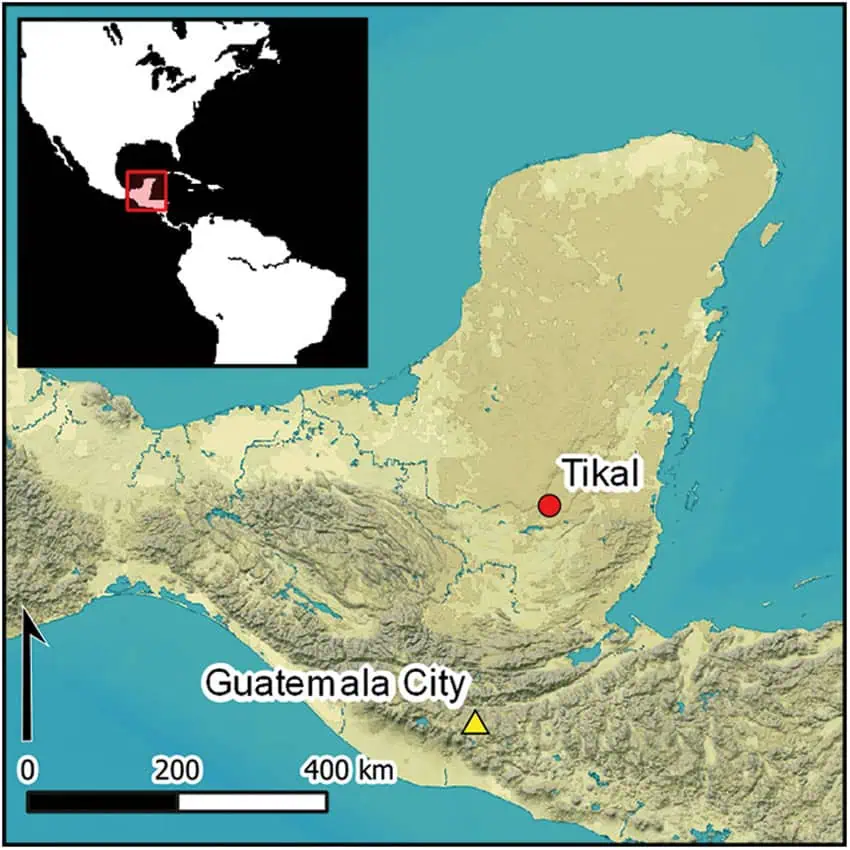 The altar was recovered 1,500 kilometers distant from the past metropolis of Teotihucán, the determination of present-day Mexico City. (Román Ramírez et al./Antiquities)
The altar was recovered 1,500 kilometers distant from the past metropolis of Teotihucán, the determination of present-day Mexico City. (Román Ramírez et al./Antiquities)Built astir A.D. 378, the altar coincides with a pivotal coup successful Tikal’s history, erstwhile Teotihuacán elites deposed Tikal’s king, Chak Tok Ich’aak, and installed Yax Nuun Ahiin, whose begetter Spearthrower Owl was astatine slightest a noble, if not a king, successful Teotihuacán. His installation is seen arsenic a precocious constituent successful Teotihuacán power astatine Tikal.
Another motion was revealed successful a Lidar scan successful 2016: a scaled-down replica of Teotihuacán’s citadel adjacent Tikal’s center, suggesting prolonged concern earlier the coup.
“Teotihuacán saw the Maya portion arsenic a onshore of wealthiness — jade, feathers, cocoa — and sought to power it,” said Houston, a prof of societal sciences, anthropology, and the past of creation and architecture astatine Brown.
Hoy presentamos el Altar de estilo Teotihuacano de Tikal. Mañana saldrá la publicación en la revista científica Antiquity. https://t.co/Q0NHfeY53m
— Edwin Roman-Ramirez (@eroman378) April 7, 2025
Excavations astir the altar, led by Guatemalan archaeologist Lorena Paiz, uncovered the remains of 3 children, each nether property 4. One was interred successful a seated presumption — a signifier communal successful Teotihuacán but uncommon among the Maya — alongside a greenish obsidian dart point, a worldly emblematic of cardinal Mexico.
Paiz said the altar was believed to person been utilized for sacrifices, “especially of children.”
Radiocarbon dating indicates the tract was abandoned astir A.D. 550–645, coinciding with Teotihuacán’s ain decline.
The altar remains nether guard, with nary plans for nationalist access.
With reports from Associated Press, NPR, La Jornada and Expansión

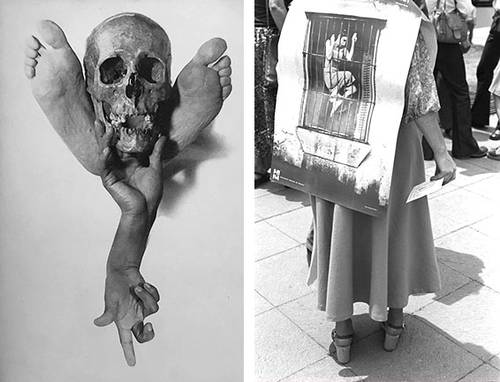
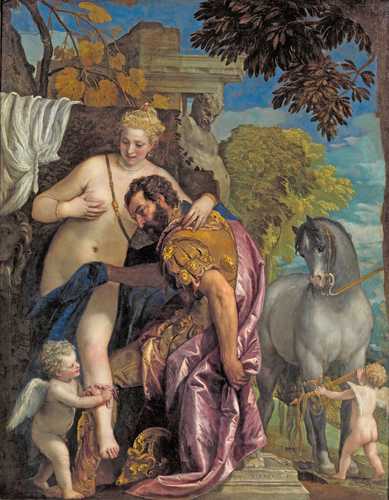
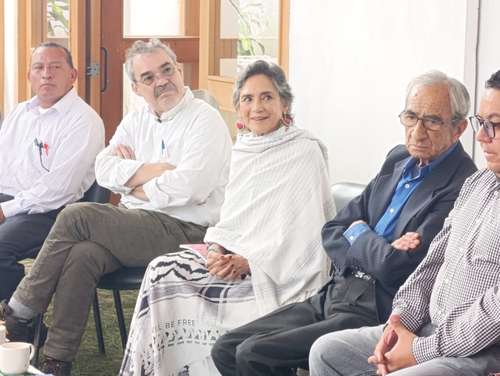





 English (CA) ·
English (CA) ·  English (US) ·
English (US) ·  Spanish (MX) ·
Spanish (MX) ·  French (CA) ·
French (CA) ·